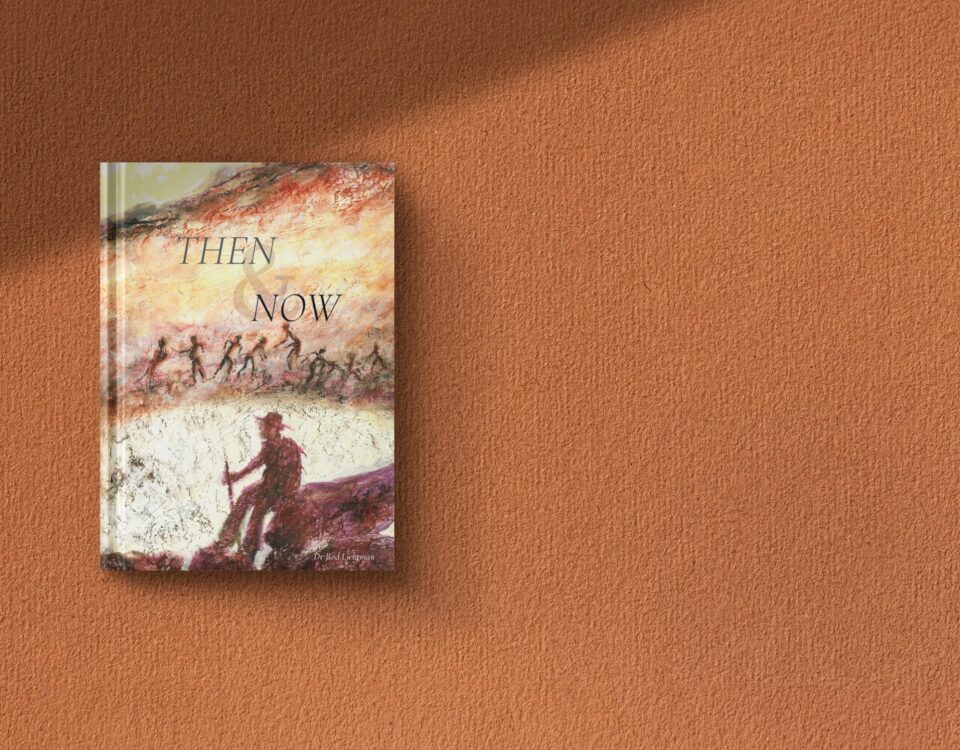HAN celebrates 25 years in the beautiful Namib desert
November 26, 2012Food in focus: Fishmonger’s
November 28, 2012 By Sabrine Kaene
By Sabrine Kaene
In Namibia’s mix of old and new, tourists are especially entranced by the Himba people, but rarely gain a glimpse into the private lives and ceremonies of these unusual inhabitants of Namibia’s remote north-western Kunene Region.
The young author of this article had the good fortune to attend a traditional Himba funeral, enabling her to report firsthand on the rituals and intricacies of the captivating event.
Allu, our unofficial guide, stopped the truck and asked for directions to the funeral. We were told we would find people waiting for the service to begin in ‘that’ direction. With no road signs, no means of telling one group of trees from the next, I was puzzled as to how we would find our way. But Allu was unfazed by the lack of signboards, and set out with confidence.
I heard the sound of a chant followed by grunts and the blow of a whistle. A group of men appeared waving long, slender sticks in the air. They stomped their feet, claimed their territory, and loudly proclaimed their strength in a song both rhythmic and powerful.
It was as if animal and man were fused together.
They moved as one, taking small steps – two steps forward, one step backward – slowly working their way ahead. As members of the group diverged to the side, the leader used his stick to bring everyone close together again.
We approached, and to my surprise, what I had recognised as the sound of a whistle was in fact coming from an empty beer bottle that at first glance had seemed incongruous. I then understood its purpose. In the men’s hands, a common glass container had been transformed into a musical instrument to open the ceremony.
Allu parked and my trance was broken. I suddenly became aware of a group of Himba women walking single file to my right. Their discipline contrasted with the unrestrained sounds of the men still echoing in my head. They joined a large group of women who had taken sanctuary in the shade of a tree.
I was envious. It was midday and I felt the sun reflecting off my flushed cheeks. Not a woman there was unadorned. They wore their finest jewellery – beads and metal strands around their necks, wrists and ankles. Shades of gold, brown, silver and black highlighted the warmth of their ochre-stained skin. Quiet reigned; time passed.
Some had been waiting for hours, yet no one was impatient. I had entered a different world; one of serenity and respect.
As we waited, I took the opportunity to learn more about Allu. Born to a traditional ethnic group that lives in the north-western Kunene Region, he is a traditional Himba. While his roots go back generations, he is also a member of the modern Puros Conservancy.
Namibia was the first country to integrate conservation in its constitution, and in 1996 the first conservancies were created to give local people control over wildlife in their areas.
Conservancy programmes have increased wildlife populations and attracted tourists, which has brought income to local people. Having seen the benefits of conservancies, Allu joined the Integrated Rural Development and Nature Conservation (IRDNC) NGO to help empower his people to invest in, and benefit from, their natural resources. He’s clearly a man of many facets.
Suddenly the chanting resumed, with groups of men coming from different directions. Women began to wail and moan in celebration and sorrow. It was if a switch had been turned on, causing electricity to make its way through the crowd. Then, out of nowhere, a cortège of cars came sailing past. A siren wailed. The first car stopped and offloaded the coffin. I turned to Allu and asked him how the crowd had known the convoy was coming.
“They could hear them,” he said. I had heard nothing.
The men gathered around as the casket was lowered and a prayer was offered. Here in the middle of a valley, naked if not for its people and the occasional tree, were a group of modern granite tombstones next to stacks of cow horns tied to sticks.
Allu revealed to me that in the Himba culture a sign of wealth was not the beauty or quality of a tombstone, but rather the cattle you had owned during your lifetime, represented by the horns on your grave. One by one, each man took a pinch of the soil and dispersed it onto the casket of their beloved Chief.
Just like that, and it was all over. The funeral was to be followed by the slaughter of several cattle and three days of feasting. We climbed into the truck and drove back the way we had come; only we had picked up something priceless along the way – memories of an unforgettable experience.
This story was originally published in the Flamingo September 2012 print magazine edition.
The writer, Sabrine Keane, is sixteen and a student at the American School in Paris. Her family are strong supporters of conservation in Namibia. Sabrine took all photographs.




